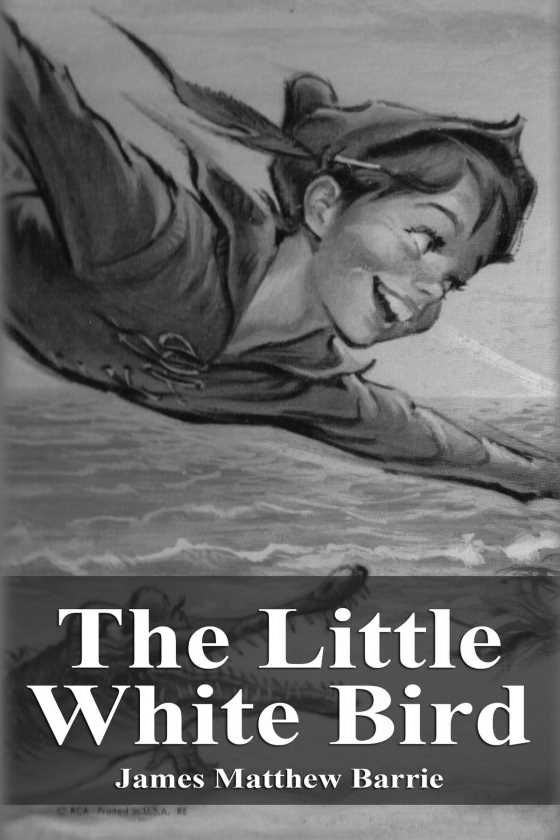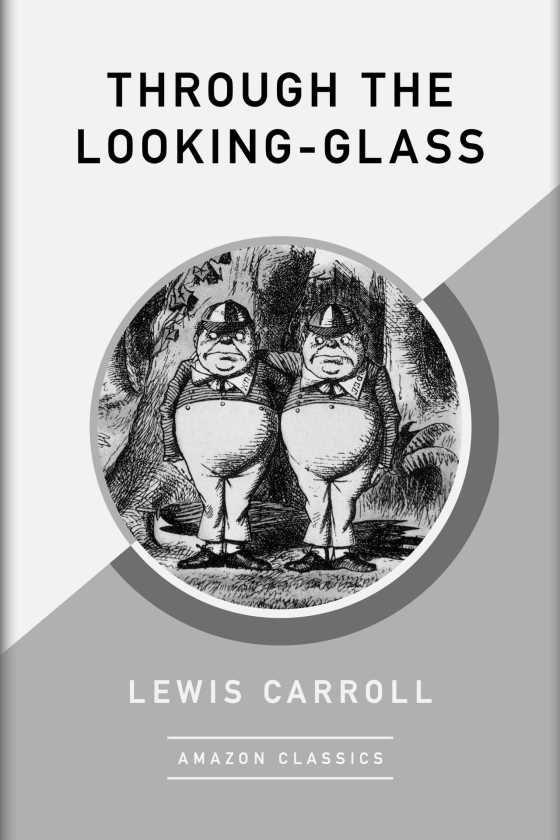 This is the very book wherein Peter Pan makes his first appearance. The parts within that include Peter Pan were later published as Peter Pan in Kensington Gardens which is not to be confused with the full Peter Pan story, which was subsequently published as Peter and Wendy or later, just simply, Peter Pan.
This is the very book wherein Peter Pan makes his first appearance. The parts within that include Peter Pan were later published as Peter Pan in Kensington Gardens which is not to be confused with the full Peter Pan story, which was subsequently published as Peter and Wendy or later, just simply, Peter Pan.
I know, it gets quite confusing tracking down the origins of these Vic Lit legends, you get the same shenanigans with Alice in Wonderland. But it does add a little challenge to your reading, which would normally just consist of buying a book you like the look of and reading it.
I’ve read in some reviews people saying they couldn’t understand this book and they kept on getting confused. Obviously they didn’t factor in that this is written in beautiful Victorian prose and is not some standard contemporary novel. I do feel that in order to fully enjoy Vic Lit then you really need to read a few books to get up to speed on the use of the language by these writers. Most of these books were written by very well educated Victorians, not the lower classes, and they used the language quite differently to how we use it today with words that have completely escaped the modern English lexicon altogether.
I do believe that anyone who will take a few books to adjust to Victorian prose will find the effort is well rewarded. Victorian prose is, to my mind at least, the most delightful and eloquent English prose i’ve ever read.
I digress, tangents become me, let’s to the story: The Little White Bird is, at it’s heart, a lost-love story that gets played out and revealed through the book. It has our ageing, bachelor protagonist getting caught up baby sitting a child that he never actually meant to get involved with, and having had no involvement with children before, can only cope with them by comparing them to his St. Bernard dog which, at times, he seems fairly certain is far superior in most respects. His adventures with the child, David, are where this book gets it’s other title — Adventures in Kensington Gardens — as they spend a lot of time there.
Throughout the beautiful Victorian prose there is an undoubted light heartedness and a certain tongue in cheekness to this book that is both captivating and enjoyable. And it’s descriptiveness of the habits of Victorian upper class children and their wards within Kensington Gardens at that time is delightful — Barrie is a master wordsmith.
Oddly, although it was the reason for reading this book in the first place, i found the Peter Pan bit — and it is only a bit — to be a tiny bit annoying; i became so enthralled in the every day descriptions of Victorian life around Kensington Gardens, and also our protagonist’s story, that i just wanted to get away from the habits of Peter Pan and the fairies and back to the habits of the humans and the aforementioned St. Benard. At the same time, it is also something i wouldn’t have wanted left out as it gives the full back story of Peter Pan, how he came to be and why he is like he is.
All in all, an absolute must for anyone who enjoys Victorian Literature, it really is an absolute gem. And also an absolute must for anyone who loves Peter Pan and wants the full history of the character in the context from which he first flew.
And did i mention, this Kindle version is completely free — what’s not to like?
Some more “Peter Pan and Neverland” books.

 >As much as these are wonderful stories, if we just take them as stories, the tale behind them is, i think, a rather dark and disturbing one.
>As much as these are wonderful stories, if we just take them as stories, the tale behind them is, i think, a rather dark and disturbing one.
 I’m having an Alice binge at the moment and decided i needed to go back to the very beginning of the story to see how it came about.
I’m having an Alice binge at the moment and decided i needed to go back to the very beginning of the story to see how it came about. This is the very book wherein Peter Pan makes his first appearance. The parts within that include Peter Pan were later published as Peter Pan in Kensington Gardens which is not to be confused with the full Peter Pan story, which was subsequently published as Peter and Wendy or later, just simply,
This is the very book wherein Peter Pan makes his first appearance. The parts within that include Peter Pan were later published as Peter Pan in Kensington Gardens which is not to be confused with the full Peter Pan story, which was subsequently published as Peter and Wendy or later, just simply,